Never tried content curation? Not sure it could work for your business? Then this is the post for you.
A beginner’s guide to content curation
First things first: What is content curation? It can be as simple as sharing other peoples’ content. Nothing too complicated there, right? So if you’ve ever retweeted a tweet or shared someone else’s Facebook post, you’ve curated content. Of course, you can take it to another level by adding your own thoughts to it, thus creating a curated blog post.
Content curation is a core tactic of content marketing, but it doesn’t get talked about as much as it should. Sometimes I wonder if people don’t discount it simply because it seems so obvious and sounds so easy.
Why do you should do content curation?
Sharing other people’s content actually creates a slew of benefits for your business. Here are just a few:
- You don’t have to create as much of your content in-house. This saves a lot of time and money. When we surveyed 1,550 professionals for our Impact of Content Curation on Business Goals report, 88% of them said it helped them with “finding time to publish content”.
- Content curation improves search engine rankings. Nearly two-thirds of the professionals we surveyed for that same report said so.
- Sharing “third party” (aka other people’s content) makes you look more authoritative to your audience.
As content marketing expert Heidi Cohen says, “Content curation supports your content plans by making you a tastemaker in your niche, highlighting the gems in your existing content, and tapping into other peoples’ audiences.”
- People trust the third party content you share more than the content you make in-house (stings, I know), but it’s been proven. This table is from Chief Marketing Officer Council’s white paper Better Lead Yield in the Content Marketing Field. It’s how 400 B2B professionals answered the question, “What types of content do you most trust and value?”
- Content curation generates superb ROI. In our report, “What is the place of curation in SMB’s content marketing mix”, we surveyed of small business marketers about what kind of returns they were getting from their content curation. Here’s how they answered:
- Content curation is also great for lead generation. According to that same survey, about 30% of SMBs use content curation for lead generation.
That all adds up to a nice collection of benefits. Content curation saves you time, builds authority and trust, and gets a great ROI. And it’s less expensive than it’s counterpart, content creation. Sound like something you might want to do?
What does content curation look like in action?
I’ve got a bunch of examples to show you, but first let’s talk about a key attribute of the most effective type of curated content: Your own commentary.
You can reap some benefits by just sharing other people’s content without adding your insights. But you’ll miss out on the biggest benefits if you do. This “basic content curation”, i.e. curating content without adding any of your insights, is a good start, but not the ultimate goal.
Here are a few examples of basic content curation without the commentary:
– You retweet someone else’s tweet.
– You share someone’s post from Facebook, LinkedIn, Google+.
– You post an update about someone else’s content in your social media feeds. This is not the same as re-sharing something that was already shared on social media. Here you’ve found cool content, and you’ve created a social media update for it.
– You share a piece of third party content in your email newsletter. You haven’t added any commentary to the content you’re sharing, you just dropped it into your email.
Here’s an example of this from the online outfitter CampSaver. They added a nice retail spin on this by creating a landing page of their site dedicated to selling the shoes mentioned by the magazine Trail Runner.
See the trend here? None of these examples of content curation has added their opinion or commentary to the piece of content they shared. There is an implied endorsement, specifically in the CampSaver example, but even they don’t give their opinion of the Trail Runner article explicitly.
Of course, there’s nothing wrong with this approach. The CampSaver example is actually one of the smartest examples of content curation I’ve come across. Especially for retailers.
But there’s no commentary. If you were to add some of your own words to these pieces of curation, we’d be talking about something else.
Content Curation 2.0
Here, you’re adding your input – your “take” on that content – to each piece of content you share. Even if it’s as simple as “Love this post from X” as the added comment, that’s something.
As you’ve probably guessed already, this kind of curation takes more time. But this is when you go from just being invisible in the content you share, to actually framing how your audience understands what you share. You become the “tastemaker” Heidi Cohen was talking about. This is the type of content curation that really gets results.
Here are a few examples of content curation 2.0:
– You share someone’s content on social media, but you add at least a few words of your own input to what you share. Maybe you also use a different image than what the default is, or you switch up the title a bit.
Here’s the anatomy of a piece of 2.0 curated content, plus an explanation of each part of it:
– Curated email newsletters – with commentary – also qualify. Here’s a section of one. It’s a recent issue of the popular email newsletter Next Draft, published by Dave Pell.
- You publish a blog post in a format called a “round up”. It’s a very popular type of blog post where you ask a focused question or get comments about a specific topic from a group of influencers. This round up from Blogging Wizard is an example:
One more way to get more results from content curation
Adding your own spin and insight into what you share is a fantastic first step to getting results from content curation. But you’ll do even better if you use a content curation tool that also promotes your brand even while people are reading the third-party content you’ve shared.
We specifically built this feature into Scoop.It because we think it’s so important. I mean, otherwise you’re just sending people away from your platform almost every time you share. It’s easy to keep them but still share the great content. Here’s what it looks like in action:
If you click this:
Looking for a “little” Venice without the crowds. Check out Treviso https://t.co/8OPxIguNCq
— Italy Travel (@ItalyTravel) October 26, 2015
You get this:
The red arrow points to the link where you can go back to the curator’s website. So if I reshared this tweet to my audience, anyone who clicked that link would see the Scoop.it landing page framing the content. They’d see the commentary the curator has added (that text below the pictures). And they’d have a link to click to go see more of what that curator has collected.
What content curation isn’t
Please understand that content curation does not mean you just grab anyone’s content and share it as if it was your own. That’s not content curation. That’s plagiarism.
One other really important thing to know is that content curation is not “duplicate content”. If you’ve read old search engine optimization information about duplicate content, you might be concerned about doing content curation in a blog post.
But there is no duplicate content penalty. Otherwise, every press release would get a penalty. Much of what’s published on LinkedIn, Business 2 Community and Medium would get penalized, too. And that isn’t happening.
And, as you know, we’re all republishing content all social media platforms all the time. So don’t worry about duplicate content.
Conclusion
Marketing online today is challenging enough. Why not make it easier? The average small business content curator we surveyed has about a 3:1 ratio of curated to in-house content. In other words, they’re only creating about one-quarter of what they how.
How much time and money would you save if you did that – all while still getting the same (if not better) results?
And if you’d like to see how content curation can help you improve SEO, you should read this eBook!
Image by Marie-Lan Nguyen.


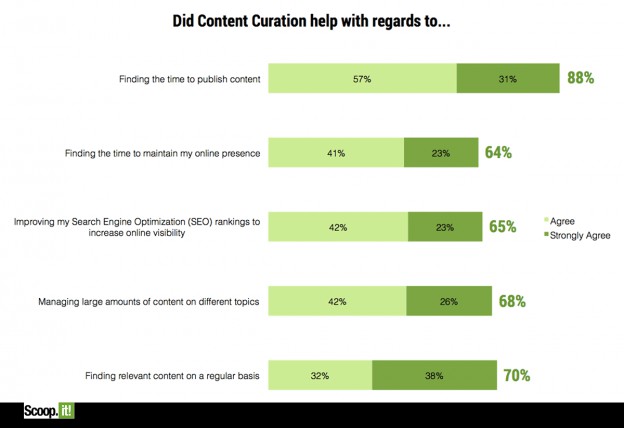

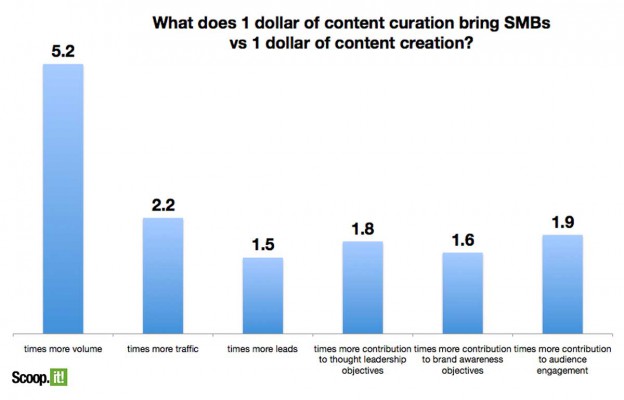
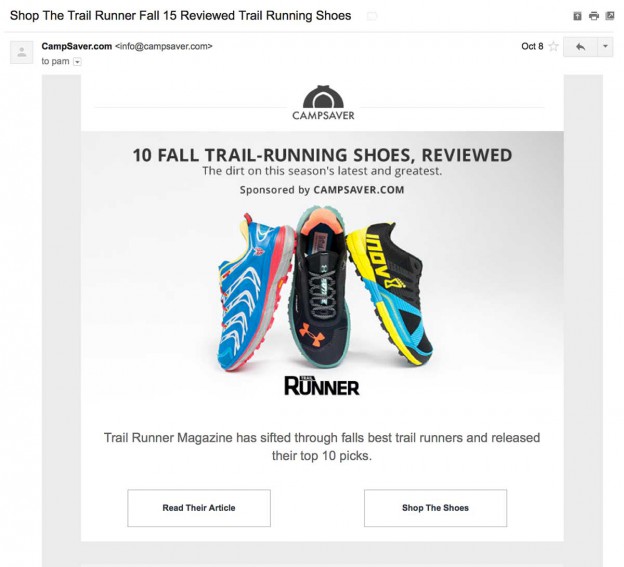
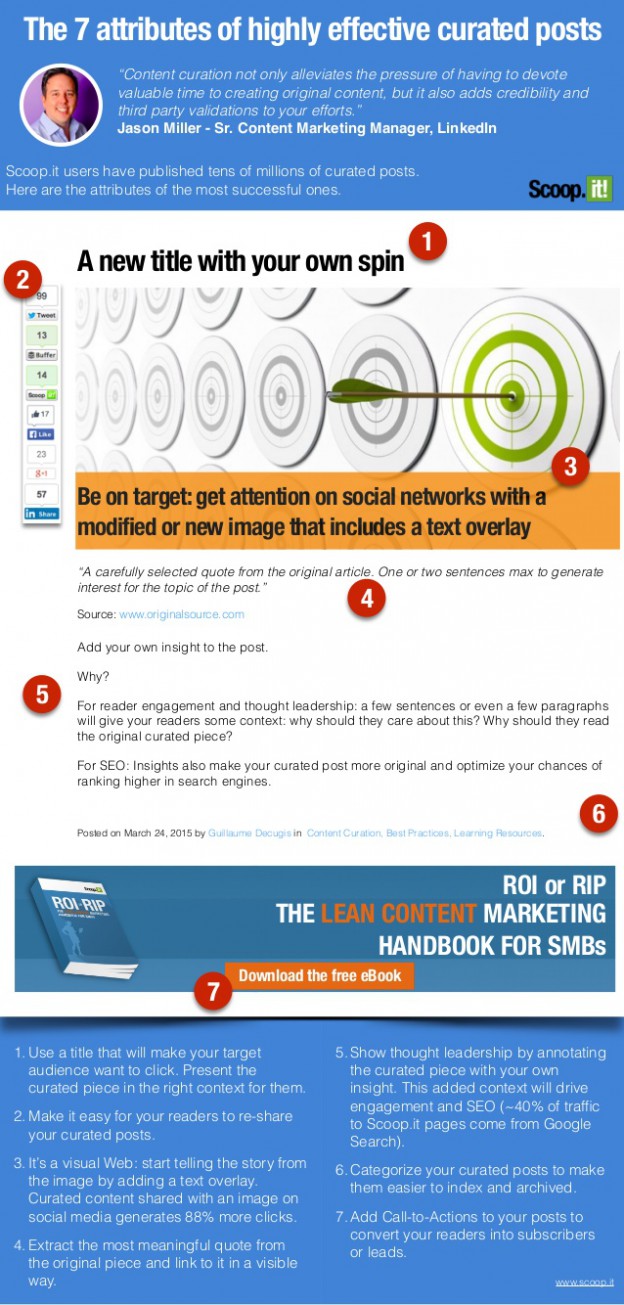
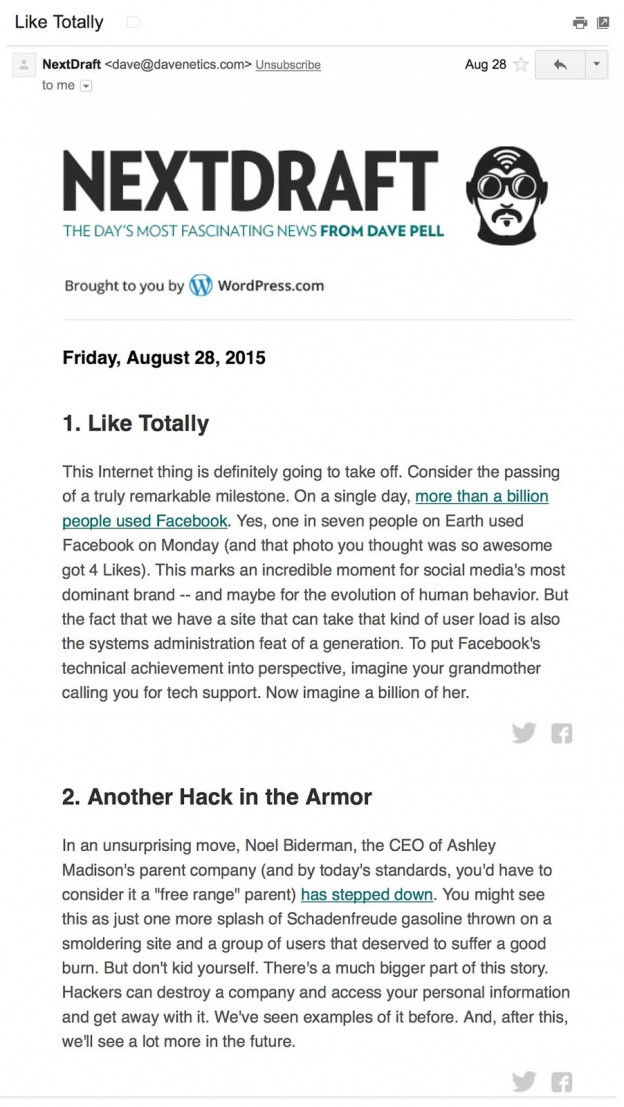

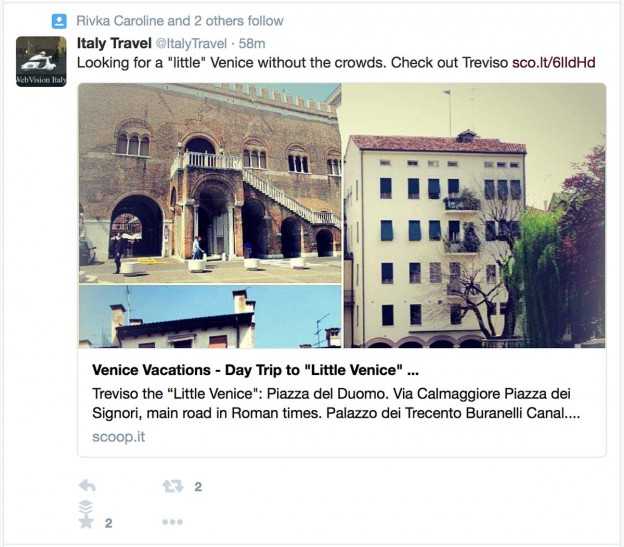



Wow, excellent guide. I really learned some new things from this. So thanks.
http://www.chennaiwebs.com
Very interesting read Pam! FYI, to find relevant content of high value, I would suggest http://segmen.to : it is a platform for content curation that helps you find online articles based on your interests, keywords, rss feed, etc.. You can then select the best articles based on their relevancy or their social impact and than easily share them to your social media or mailing list or blog.
By using the following link: http://goo.gl/7iP5DJ you can even get a discount upon registration! Enjoy!